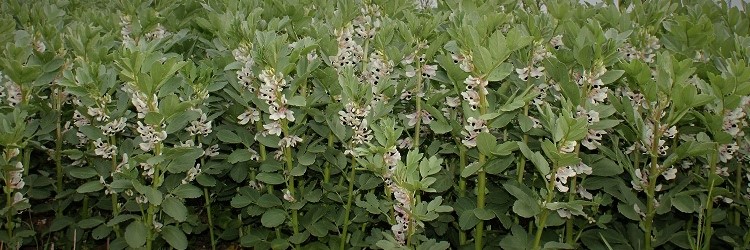Legumes are the third largest family of flowering plants, with a family of over 20,000 species. They have the ability to fix atmospheric nitrogen and release organic matter into the soil ultimately improving soil fertility.
Lentils, beans and peas are classified as Pulses. Pulses are the edible seed of legumes, whereas legumes are used in agricultural applications such as cover crops and livestock feed. Legumes cover 180 million Ha of the Earth’s surface and make up around 27% of the world's crop production.




